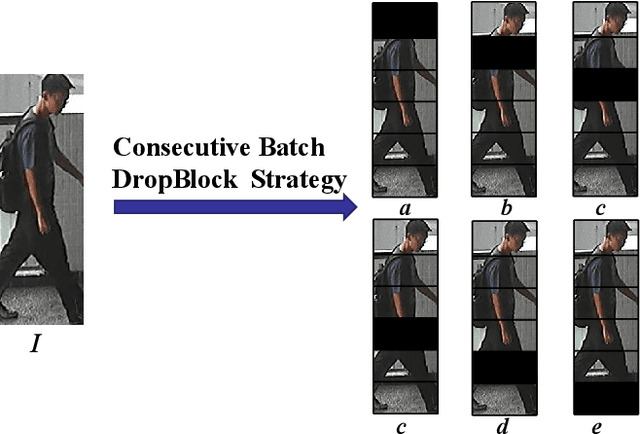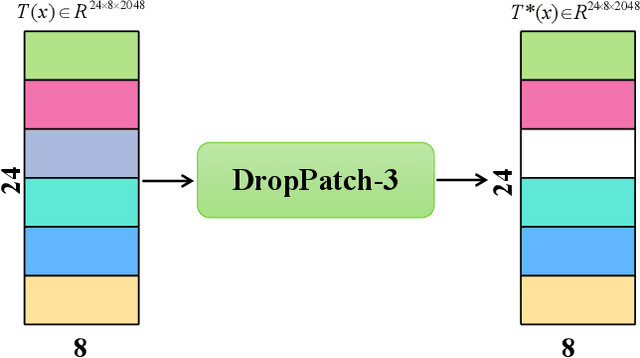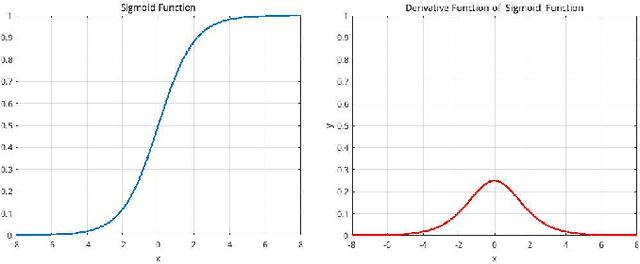Yuhao Bian
MirrorAttack: Backdoor Attack on 3D Point Cloud with a Distorting Mirror
Mar 09, 2024



Abstract:The widespread deployment of Deep Neural Networks (DNNs) for 3D point cloud processing starkly contrasts with their susceptibility to security breaches, notably backdoor attacks. These attacks hijack DNNs during training, embedding triggers in the data that, once activated, cause the network to make predetermined errors while maintaining normal performance on unaltered data. This vulnerability poses significant risks, especially given the insufficient research on robust defense mechanisms for 3D point cloud networks against such sophisticated threats. Existing attacks either struggle to resist basic point cloud pre-processing methods, or rely on delicate manual design. Exploring simple, effective, imperceptible, and difficult-to-defend triggers in 3D point clouds is still challenging.To address these challenges, we introduce MirrorAttack, a novel effective 3D backdoor attack method, which implants the trigger by simply reconstructing a clean point cloud with an auto-encoder. The data-driven nature of the MirrorAttack obviates the need for complex manual design. Minimizing the reconstruction loss automatically improves imperceptibility. Simultaneously, the reconstruction network endows the trigger with pronounced nonlinearity and sample specificity, rendering traditional preprocessing techniques ineffective in eliminating it. A trigger smoothing module based on spherical harmonic transformation is also attached to regulate the intensity of the attack.Both quantitive and qualitative results verify the effectiveness of our method. We achieve state-of-the-art ASR on different types of victim models with the intervention of defensive techniques. Moreover, the minimal perturbation introduced by our trigger, as assessed by various metrics, attests to the method's stealth, ensuring its imperceptibility.
Incomplete Descriptor Mining with Elastic Loss for Person Re-Identification
Aug 17, 2020



Abstract:In this paper, we propose a novel person Re-ID model, Consecutive Batch DropBlock Network (CBDB-Net), to help the person Re-ID model to capture the attentive and robust person descriptor. The CBDB-Net contains two novel modules: the Consecutive Batch DropBlock Module (CBDBM) and the Elastic Loss. In the Consecutive Batch DropBlock Module (CBDBM), it firstly conducts uniform partition on the feature maps. And then, the CBDBM independently and continuously drops each patch from top to bottom on the feature maps, which outputs multiple incomplete features to push the model to capture the robust person descriptor. In the Elastic Loss, we design a novel weight control item to help the deep model adaptively balance hard sample pairs and easy sample pairs in the whole training process. Through an extensive set of ablation studies, we verify that the Consecutive Batch DropBlock Module (CBDBM) and the Elastic Loss each contribute to the performance boosts of CBDB-Net. We demonstrate that our CBDB-Net can achieve the competitive performance on the three generic person Re-ID datasets (the Market-1501, the DukeMTMC-Re-ID, and the CUHK03 dataset), three occlusion Person Re-ID datasets (the Occluded DukeMTMC, the Partial-REID, and the Partial iLIDS dataset), and the other image retrieval dataset (In-Shop Clothes Retrieval dataset).
 Add to Chrome
Add to Chrome Add to Firefox
Add to Firefox Add to Edge
Add to Edge